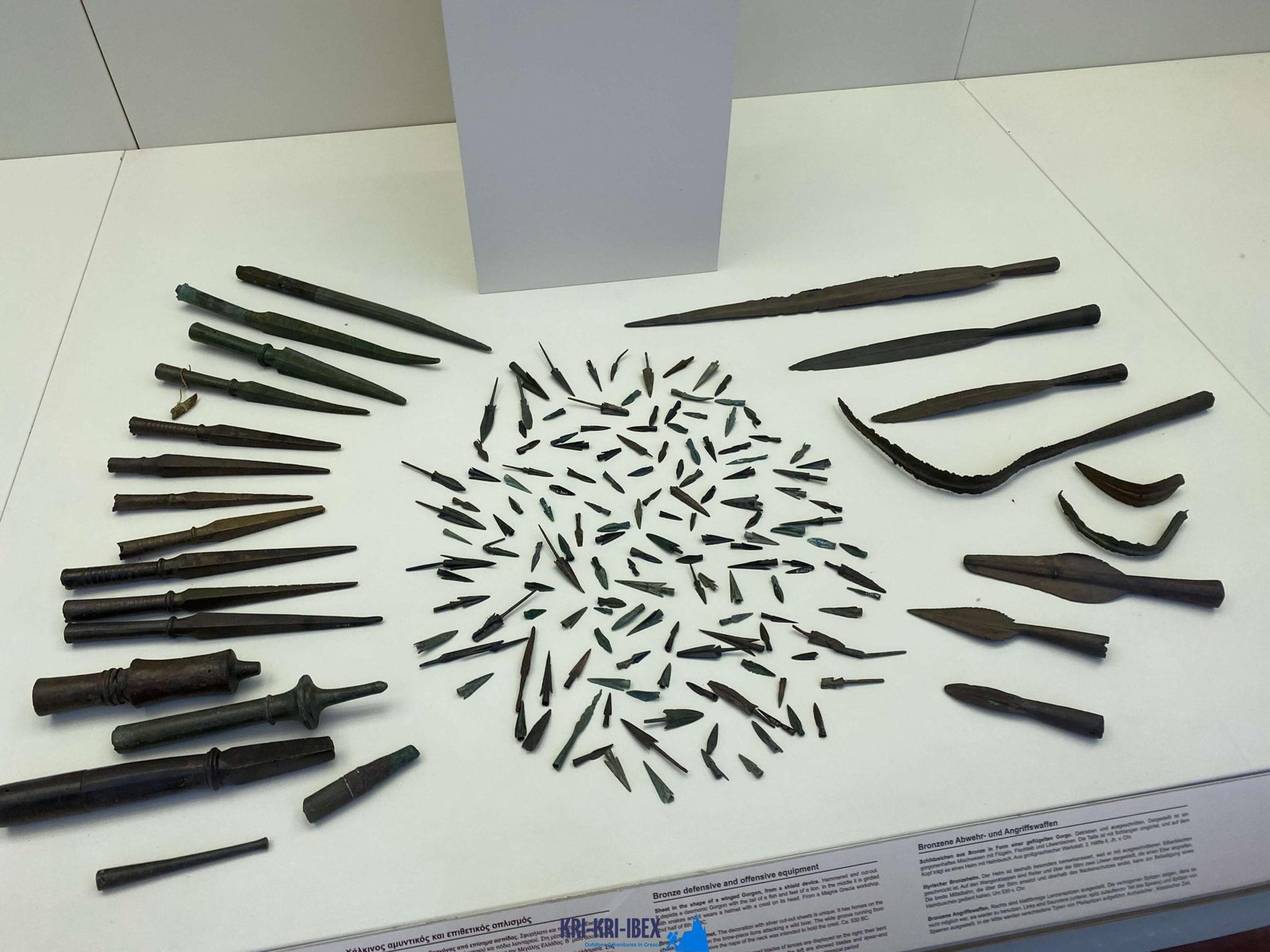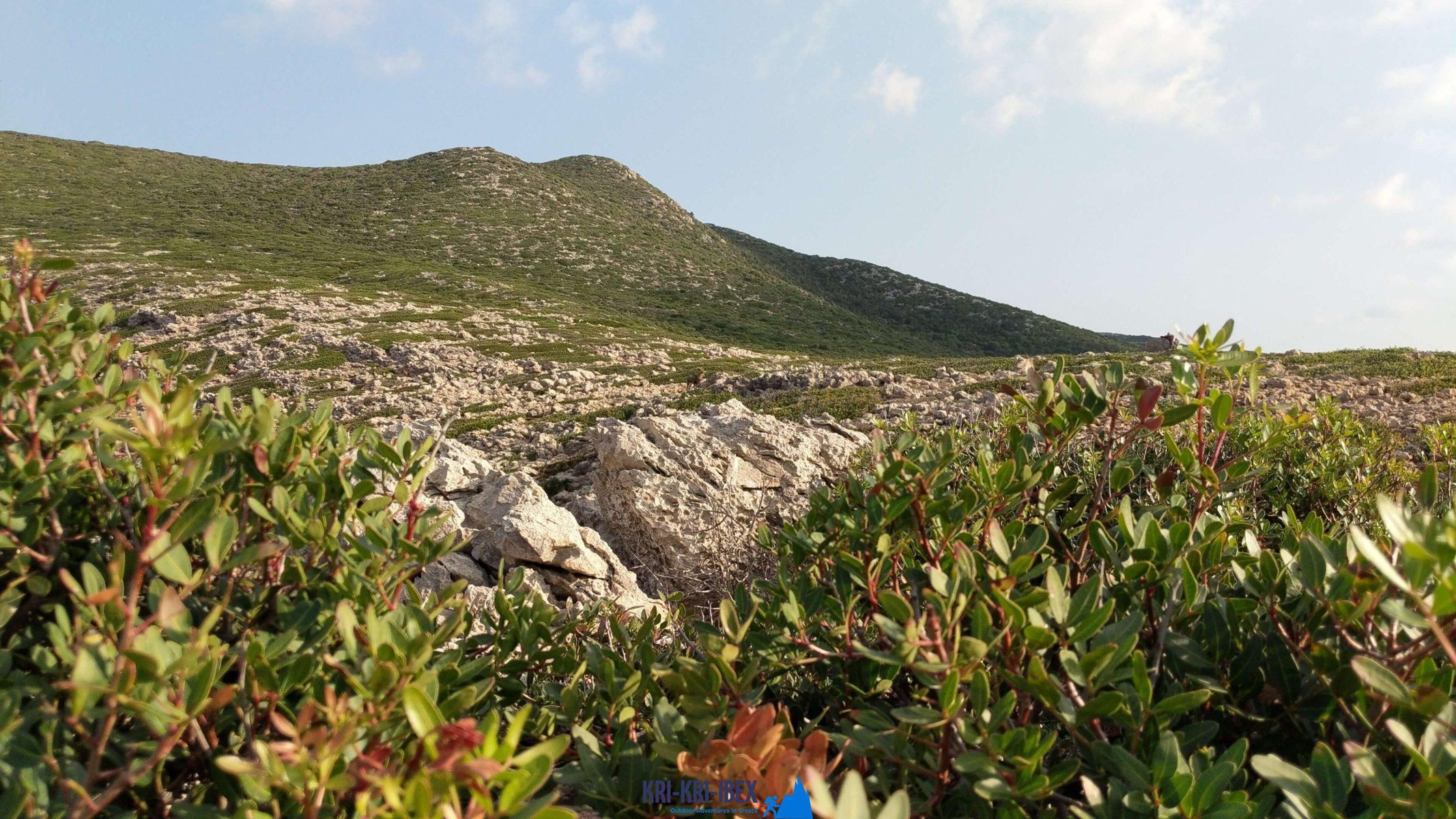
Searching for Kri Kri ibex in Greece is a fantastic trip experience. It is not always a tough hunt or an unpleasant experience for most seekers. You can experience old Greece, shipwrecks, as well as spearfishing during five days searching for lovely Kri Kri ibex on an unique island. Is there anything else you would certainly such as?

Searching Kri-kri Ibex on Sapientza island can be a tough as well as challenging task. The terrain is sturdy, with sharp, rugged rocks that can quickly leave you shoeless after only two journeys. In addition, shooting a shotgun without optics can be quite challenging. Nonetheless, the hunt is certainly worth it for the possibility to harvest one of these majestic animals.
When you arrive in the Peloponnese peninsula is the amazingly attractive landscape, the very first point you will certainly notice. The hills, lakes, rivers, and forests make this location a nature enthusiast's paradise. There are likewise a lot of possibilities for hiking, angling, swimming, and also various other outside tasks. The Peloponnese peninsula is not simply about its natural elegance; there are additionally numerous historical and cultural websites to discover. Don't fail to remember likewise fishing, free-diving as well as hunting. A few of the most prominent tourist destinations in the Peloponnese include ancient Olympia, Epidaurus, Mycenae, and Sparta. These destinations supply a remarkable peek right into Greece's abundant background as well as society. If you want discovering more about Greek folklore, after that you will most definitely intend to see Mount Olympus, residence of the 12 Olympian gods. Naturally, no trip to Greece would certainly be complete without attempting several of the scrumptious food. The Peloponnese peninsula is house to a few of the best olive oil worldwide along with feta cheese, olives, honey, and also red wine. Make sure to attempt a few of the local specializeds such as dolma (packed grape leaves), Souvlaki (grilled meat skewers), and Gyro (meat covered in pita bread).
Experience 'Real' Greece with Our Peloponnese Tours. Look no additionally than our Peloponnese trips if you're looking for a genuine Greek experience. From old ruins as well as castles to tasty food as well as red wine, we'll reveal you everything that this incredible region has to supply. What are you waiting for? Schedule your journey today! Your Kri Kri ibex hunting in Greece is below!
What is the diference between Kri Kri ibex, Bezoar ibex and hybrid ibex
The kri-kri is not thought to be indigenous to Crete, most likely having been imported to the island during the time of the Minoan civilization. Nevertheless, it is found nowhere else and is therefore endemic to Crete. It was common throughout the Aegean but the peaks of the 8,000 ft (2,400 m) White Mountains of Western Crete are their last strongholds–particularly a series of almost vertical 3,000 ft (900 m) cliffs called ‘the Untrodden’—at the head of the Samaria Gorge. This mountain range, which hosts another 14 endemic animal species, is protected as a UNESCO Biosphere Reserve. In total, their range extends to the White Mountains, the Samaria National Forest and the islets of Dia, Thodorou, and Agii Pandes.
This Ibex is NOT a diminutive form of the Bezoar Ibex, which has migrated into the western-most reach of the range of this species. The kri – kri (Capra aegagrus cretica), sometimes called the Cretan goat, Agrimi, or Cretan Ibex, is a feral goat inhabiting the Eastern Mediterranean, previously considered a subspecies of wild goat. The kri-kri has a light brownish coat with a darker band around its neck. It has two horns that sweep back from the head. In the wild they are shy and avoid tourists, resting during the day. The animal can leap some distance or climb seemingly sheer cliffs.
“The agrimi goat Capra aegagrus cretica is unique to Crete and its offshore islands. It has been identi®ed as a sub-species of the wild bezoar goat Capra aegagrus aegagrus Erxleben, 1777, which it closely resembles in horn shape, body form and coloration. This classi®cation has been disputed by some researchers who claim that the agrimi are feral goats, derived from early domestic stock brought to the island by the ®rst Neolithic settlers. In order to clarify this issue, DNA analyses (cytochrome b and D loop sequences) were carried out on tissue of live and skeletonized agrimi and compared to sequences of wild and domestic caprines. Results conclusively show the agrimi to be a feral animal, that clades with domestic goats (Capra hircus) rather than with wild Asiatic bezoar. This study demonstrates that morphometric criteria do not necessarily re¯ect genetic af®nities, and that the taxonomic classi®cation of agrimi should be revised.”